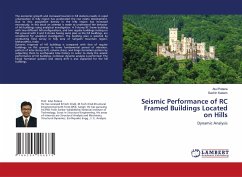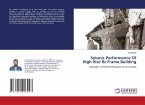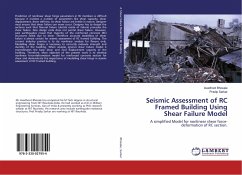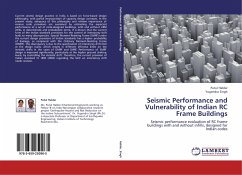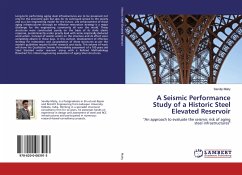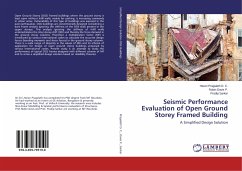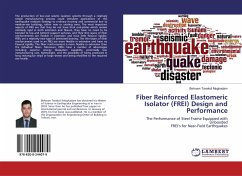The economic growth and increased tourism in hill stations results in rapid urbanization in hilly region has accelerated the real estate development. Due to this, population density in the hilly region has increased enormously. In this book an attempt is made to understand the behavior of hill buildings using analytical investigation. A 9 storey RC frame building with two different hill configurations, and two regular buildings resting on flat ground with 3 and 9 stories having same plan as the hill buildings, are considered for analytical investigation. The building plan is selected by conducting field survey in hilly area of Sahyadri mountain region, Maharashtra, India. Dynamic response of hill buildings is compared with that of regular buildings on flat ground, in terms fundamental period of vibration, pattern of inter-storey drift, column shear, and hinge formation pattern by subjecting them to earthquake time history. In order to study the seismic performance of hill buildings, nonlinear dynamic analysis is performed. The hinge formation pattern and storey drift is also explained for the hill buildings.
Bitte wählen Sie Ihr Anliegen aus.
Rechnungen
Retourenschein anfordern
Bestellstatus
Storno

